The AI Studio Ghibli trend is an insult to art and artists
An artist spends years perfecting their skills. Hours spent drawing, scrapping and redrawing to bring to life a vision that goes on to inspire millions. Studio Ghibli’s co-founder Hayao Miyazaki is one such artist.
Miyazaki’s films have not only received many awards but his retinue of works including Spirited Away, Kiki’s Delivery Service, Howl’s Moving Castle and so on have instilled the power of imagination and dreams in countless children and adults. Artistic inspiration can be a powerful thing, Miyazaki’s art inspired the creation of Pakistan’s first hand-drawn animated film, The Glassworker. With their own unique spin, a love letter to the aesthetic, The Glassworker took Usman Riaz and his team a decade to make.
In recent years however, artificial intelligence (AI) with its image generative tool has posed a threat to art and artists. AI learns from millions of images across the internet and memorises text associated with those images. In a process known as “diffusion”, AI starts by breaking images into pixels that do not represent any specific thing and then inverts the process so the model can revert to the original image. Artificial intelligence does not take into account copyright and hence artistic styles are used without permission.
With image generative tools such as Midjourney, DALL-E and even a feature on Canva made widely available to anyone with an internet connection and monthly subscription, users can write a prompt and generate an image in a certain artist’s style, without, of course, asking or crediting said artist. The most recent victims of this are the artists at Studio Ghibli.
OpenAI announced the launch of its “most advanced image generator” which has been built into GPT-4o and has been made available to users for free. This has enabled a worrying trend where users are converting their photographs into ‘Studio Ghibli style art’. AI’s rendering of Studio Ghibli is nothing more than sanitised, soulless and generic, a typical cutesy image devoid of any character, effort or passion.
Studio Ghibli’s art is more than just cute characters, it is grotesque and sometimes even harrowing, it is layers of hard work, passion and unwavering dedication to create unique characters that tell meaningful stories.
From Grave of the Fireflies which shows a war torn Japan and two siblings desperate to survive on their own to themes of greed and identity as Chihiro navigates the world of spirits trying to save her parents (who were transformed into pigs) from being eaten in Spirited Away, all of Studio Ghibli’s work means something. Even light-hearted Ghibli features such as Kiki’s Delivery Service focus on themes of self acceptance.
Every frame of a 2D animated film is painstakingly drawn by hand. The beautiful watercolour-esque nature scenes from Ghibli’s films, the varied emotions on faces of characters, the tireless research that goes into making every fantastical aspect a little more believable; this is what makes the films timeless.
Criticising the AI Studio Ghibli trend, Riaz wrote in a post on X, “In an age of AI-generated everything, “The Glassworker” was drawn by hand. No shortcuts. No algorithms. Just work, talent and perseverance […] AI is the future —but it’s a tool not the artist.”

Some might call AI a terrific mimic but that’s all that it is. As exposed by this trend, the generated images lack depth and feeling. Perhaps the most egregious thing to come out of this trend is the politicisation of Ghibili’s art. Political ideologies, thoughts and even extremist narratives are being portrayed in this aesthetic.
Users have used AI to recreate scenes of the destruction of the Babri Masjid, a Mughal-era mosque in India’s Ayodhya. Using an art style synonymous with innocence to glorify the demolition of a mosque is beyond repugnant. Not to mention that Miyazaki has taken a strong stance against oppression and fascism in the past.

The White House used the trend in a post on X to depict an arrest and deportation of an immigrant by the US Immigration and Customs Enforcement (ICE). This comes after ICE has been deporting and arresting even those who hold a green card and revoking the legal status of thousands of immigrants. To use an artistic style, even if its watered down by AI to make light of suffering or depict Trump’s hardline policies is abhorrent.

It is worth noting that in 2003, Hayao Miyazaki boycotted the Oscars ceremony as he opposed the US war in Iraq.
“The reason I wasn’t here for the Academy Award was because I didn’t want to visit a country that was bombing Iraq,” he had told The Los Angeles Times of his decision.
PPP Chairman Bilawal Bhutto-Zardari also jumped onto this trend, changing his profile picture and generating photographs of his late mother and former prime minister Benazir Bhutto.
Social media users have also generated images of politicians such as Donald Trump.
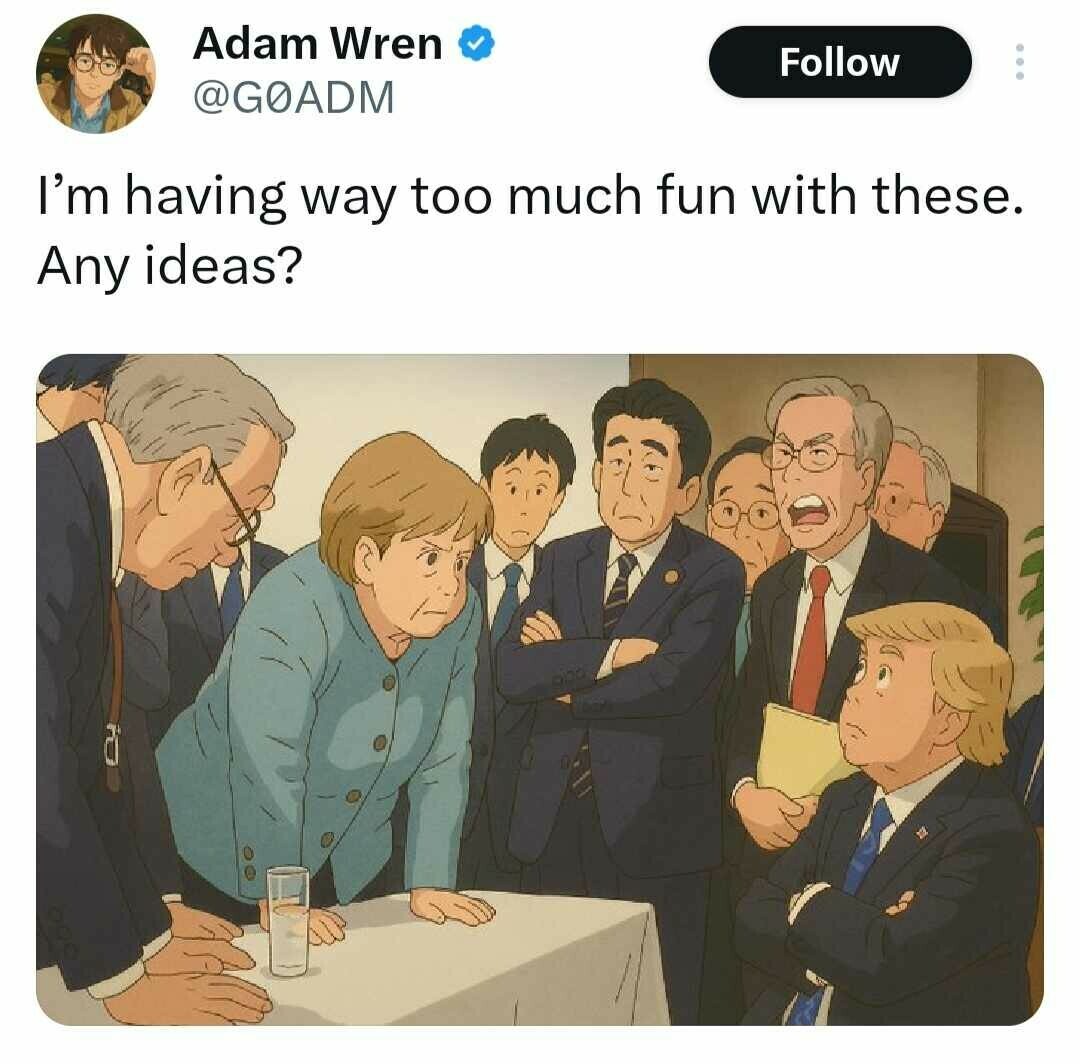
A countertrend has also sprung on X, with artists showcasing their work inspired by Studio Ghibli films, condemning the theft of art while simultaneously encouraging people to pick up a pencil and learn to draw themselves instead of relying on what has been termed as ‘AI slop’. Artists have showcased their work with captions such as “Art I made from Studio Ghibli in my style without needing AI.” Others have spoken about the time and dedication it has taken to perfect their craft.



With the popularity of the AI slop Ghibli trend on the internet, an old documentary has resurfaced in which Miyazaki expresses his strong dislike for AI ‘art’. In the documentary the filmmaker is shown a zombie, with developers saying that AI can allow more grotesque movements. The artist’s response was, “Whoever creates this stuff has no idea what pain is whatsoever. I am utterly disgusted… I strongly feel that this is an insult to life itself.”
Imagine spending hours, days, months and years to find your artistic expression, and then suddenly a single prompt, that intellectual property and hard work is stolen, attached to narratives that you may or may not agree with, no consent and definitely no credit; this is what AI “art” means to many artists and why so many speak against it.
Appreciating art is a beautiful thing if done in a healthy manner by supporting artists or spending time trying to hone skills taking talented professionals as inspiration. Taking shortcuts, depriving artists from jobs and credit by using AI only serves to disrespect the medium.





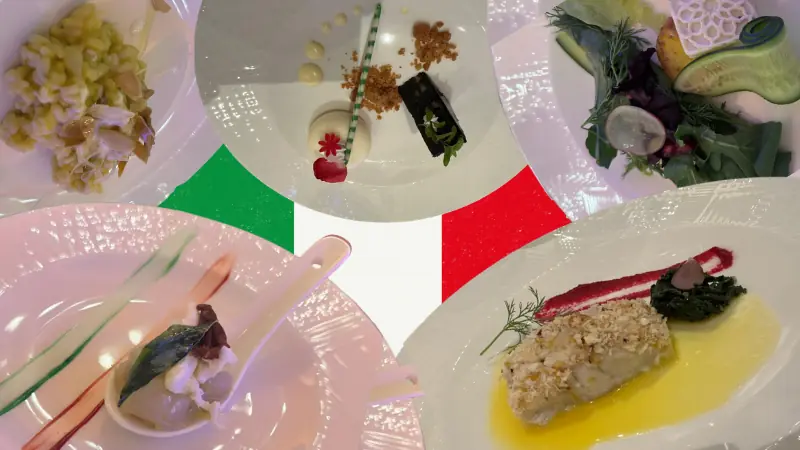
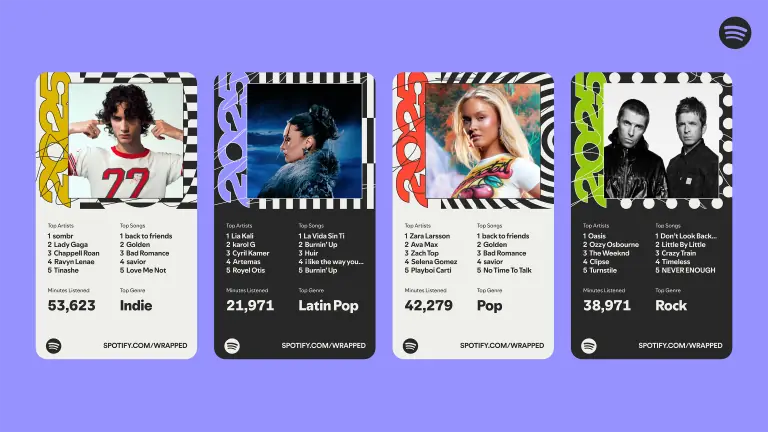

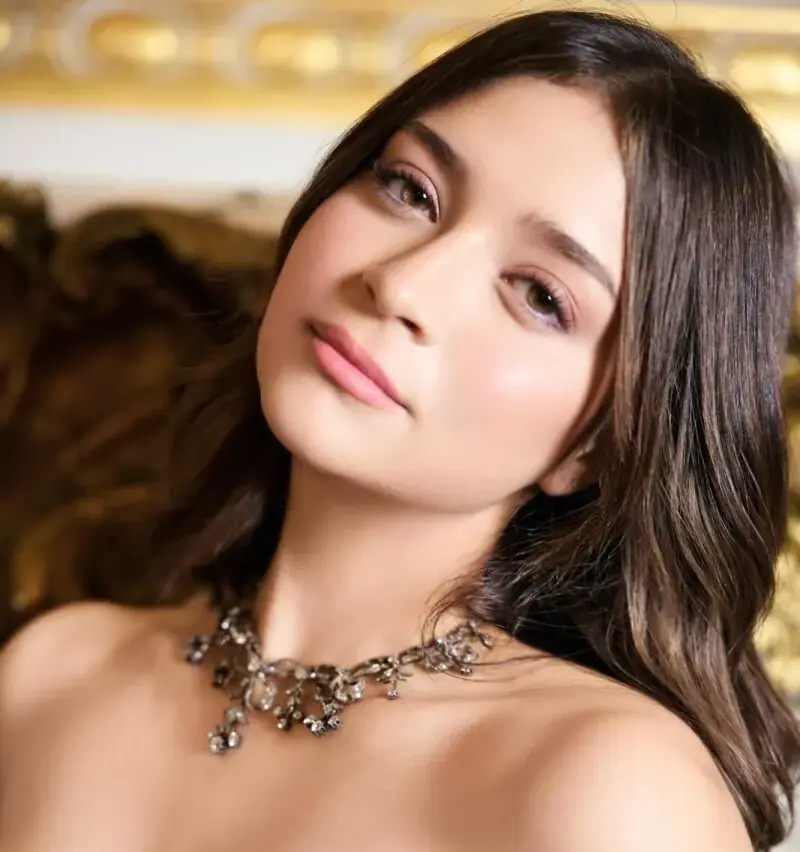
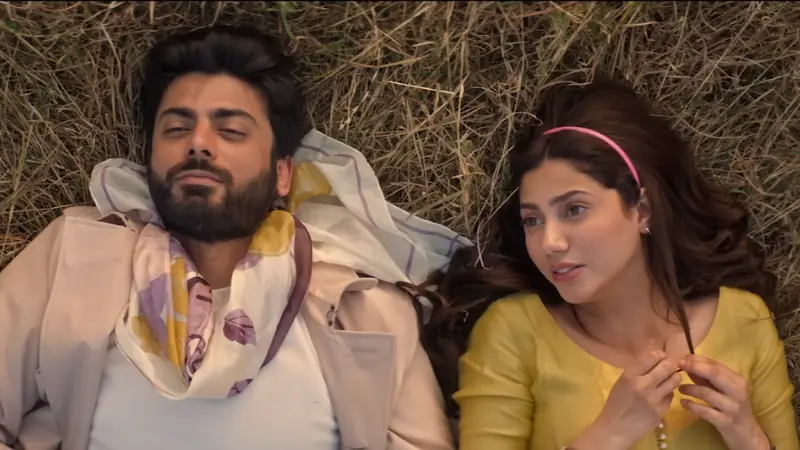
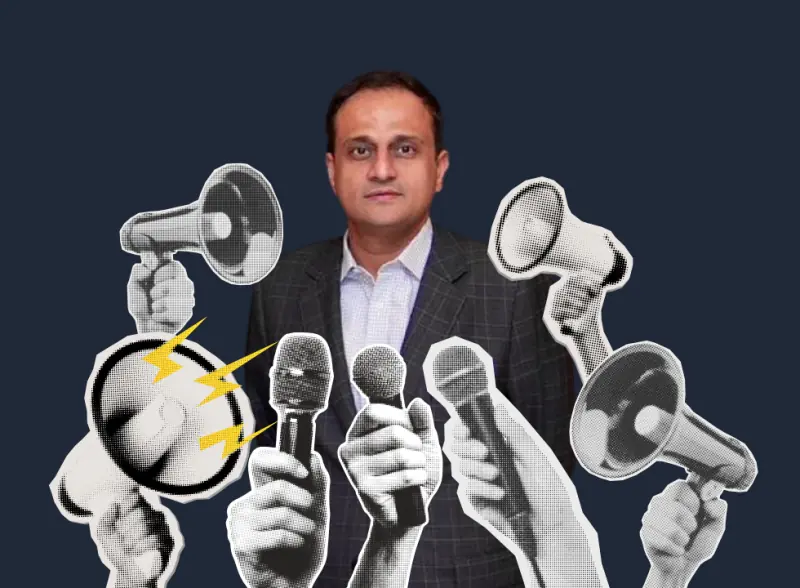
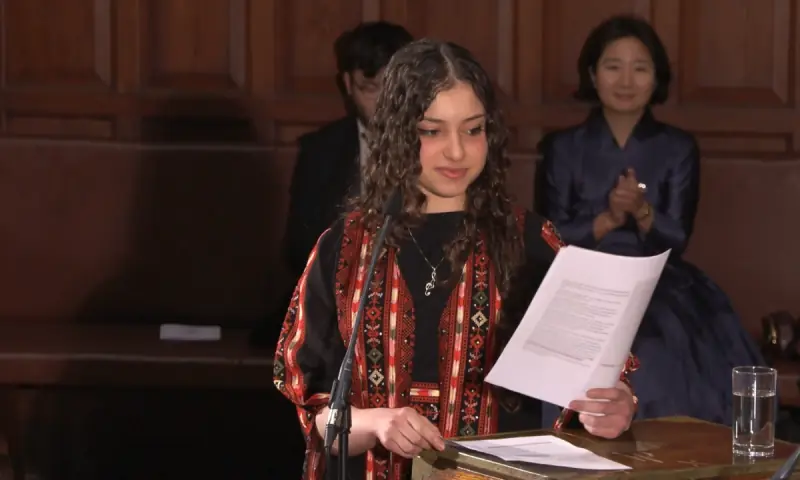
Comments